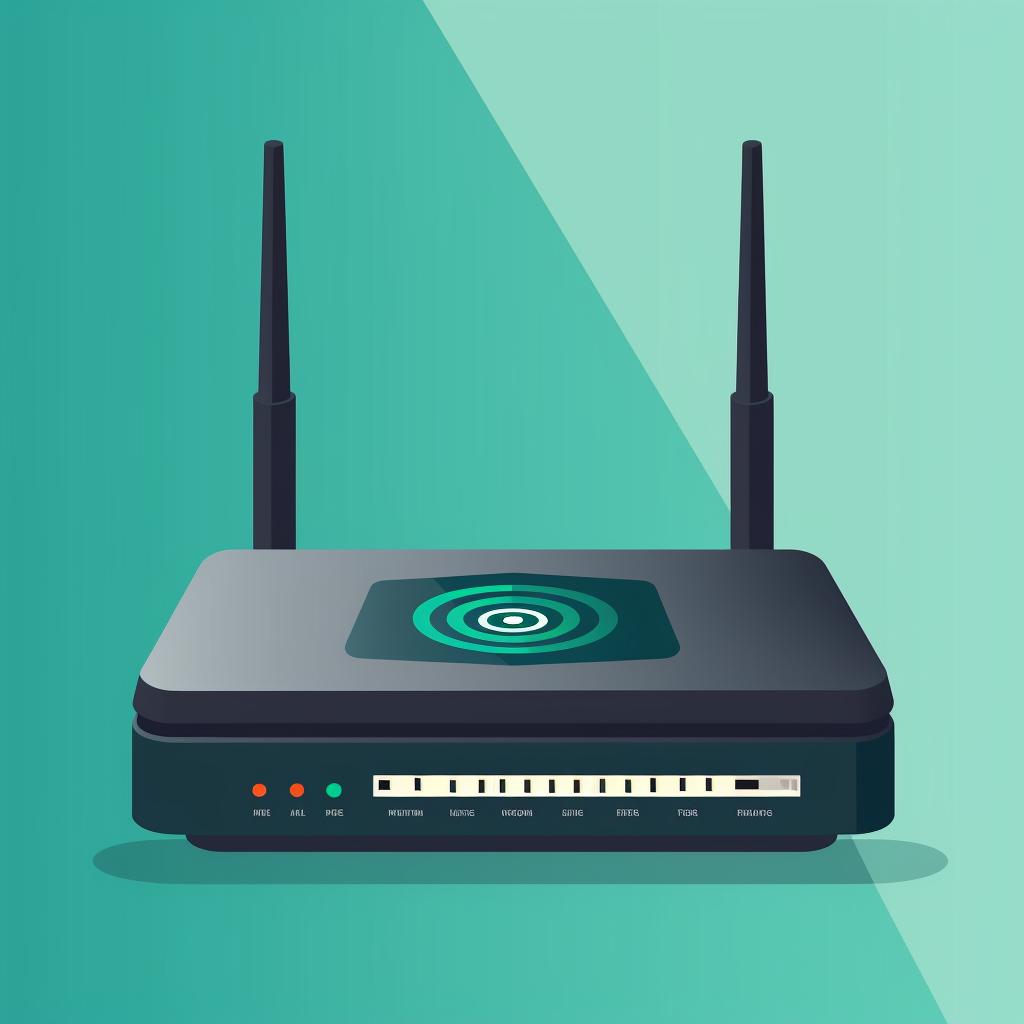🔒 Securing Your Netgear Router: A Post-Reset Guide
Securing your Netgear router post-reset is crucial to ensure your network remains safe from potential threats. This comprehensive guide provides you with a step-by-step process to fortify your router's security after a reset. However, the journey to a secure and efficient network doesn't end here. There are more steps you can take to enhance your connectivity and security.
For instance, if you're experiencing connectivity issues with your router, you might want to consider a full reset. Our guide on resetting your Netgear router can help you with this. A reset can often resolve common issues and improve your internet performance.
It's also essential to regularly update your router's firmware. This helps to fix bugs, add new features, and improve security. If you're not sure how to do this, our streamlined internet experience guide can provide you with the necessary steps.
What If You Forget Your Router's Password?
Forgetting your router's password can be frustrating. Fortunately, there are ways to recover or reset it. Check out our guide on how to reset a Netgear router password without security questions for a simple solution to this common problem.
What About Other Routers?
While this guide focuses on Netgear routers, the principles of securing a router post-reset apply to most brands. For instance, if you have an Xfinity router, our guide on resetting your Xfinity router can help you secure your network after a reset.
In conclusion, securing your router post-reset is a vital step in maintaining a safe and efficient network. Remember to regularly update your router's firmware and change the default username and password to enhance your security. If you encounter any issues, don't hesitate to refer to our comprehensive guides for help.












